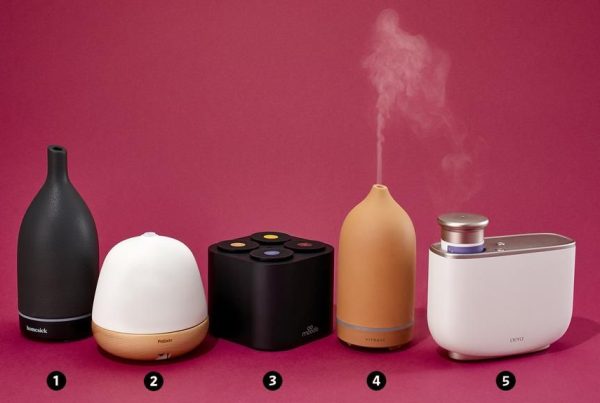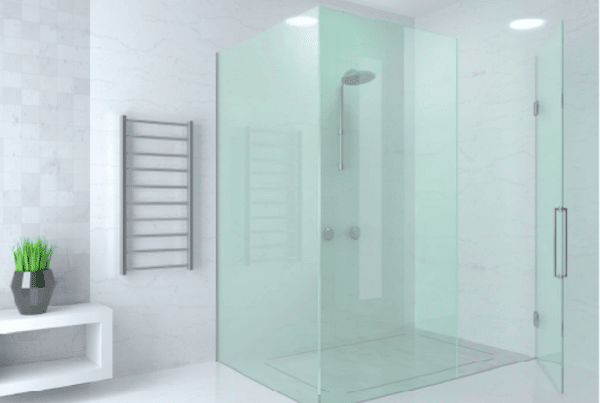Thinking of getting a water filter that keeps you and your family safe? A reverse osmosis filter will remove all contaminants. Here’s how to install one.
Water is necessary for our bodies to function properly. However, if the water is unfiltered water, it can have some negative effects on the human body. As a result, you should test your drinking water for Volatile Organic Compounds (VOCs) like dichloromethane and trichloroethylene, as well as any other toxins that may be present.
There are several methods for filtering out the contaminants found in the water we drink daily. The reverse osmosis process, which will be discussed in detail later in this article, is one efficient way to do so.
What Is A Reverse Osmosis System?
Installing a reverse osmosis filter is the ideal way to fulfill your needs. Reverse osmosis (RO) removes all volatile organic compounds (VOCs) and other inorganic matter from water. It accomplishes this by forcing water through a semipermeable membrane at high pressure, which traps all contaminants and allows clean water to pass through.
Mechanical and absorption filters may be used in this process to ensure that the water contains as few contaminants as possible. Although a lot of water is wasted in the process, there is no need for electricity, and the filtered water is 99 percent pure.
RO water is also safe to drink and some filters add a healthy dose of minerals before delivering it to you. In addition, reverse osmosis is used in a variety of industries.
Is it Necessary to Have a Water Filter?
Although having a filter may not seem necessary, it is key to having a long and healthy life because to stay healthy, you must drink plenty of water. That being said, the water we drink must be safe and free of bacteria that cause diseases.
Unfiltered water contains a variety of bacteria and parasites that can wreak havoc on our health. Furthermore, this water contains toxic chemicals that are both man-made and natural.
The water we drink straight from the tap might contain radioactive elements and metals, causing serious health problems like damage to the liver, kidneys, and intestines. Because cancer is a possibility, we must ensure that the water we drink is clean.
How to Install a Reverse Osmosis Filter
You have two options if you want to install a reverse osmosis system in your home. One option is to buy a mode that does not require any installation and will provide clean drinking water. This method requires the filter to be changed regularly.
The other option is to get one added to your list of kitchen appliances or any other part of the house that can supply enough water for any task because it is directly connected to your home’s water line.
If you choose the second option, here’s a quick guide: assuming you’ve already purchased your reverse osmosis kit, you just need to gather the necessary tools (screwdrivers, tape, adjustable wrench, etc.) and you’re ready to go.
First, make sure the tanks will fit in the space where you’re installing the system. After that, prepare and position the RO tank by installing a sink spigot. Then, you’ll need to mount the filter and connect the water lines. Finally, connect the other tubes and drain pipe, and you’re almost done.
We recommend performing a pressure test and rechecking to ensure that everything is still in good working order. If the process proves to be difficult for you or you are unfamiliar with dealing with situations like these, we recommend hiring a professional to complete the task. It’s better to be safe than sorry.
The Benefits Of Reverse Osmosis
Filtered water is safe to use for cooking and can be used to make drinks without fear of contamination.
By using RO water filters, hospitals can provide safe water to patients and people with certain health conditions who are more vulnerable to the dangers of contaminated water.
Reverse osmosis also removes contaminants from the water that could harm your skin.
Additionally, this water has a pleasant taste (due to the removal of components that cause a bad taste and odor), and it is also reasonably priced!
All of these benefits make it a desirable option for your home and gives you peace of mind that the water you and your family are drinking is safe. Reverse osmosis filters are mostly automated and don’t require you to do much either!
The Disadvantages of Reverse Osmosis
The Reverse Osmosis system, as simple as it appears, can be inconvenient at times. Chemicals in the water may clog and damage the filters required for reverse osmosis, requiring you to buy a pre-filter or pair it with a house conditioner. This means that it needs to be maintained from time to time.
The entire system is slow because it filters water through a tight membrane using household pressure; when the water tanks run dry, it will take some time to refill.
The reverse osmosis process also wastes a lot of water – roughly three times as much as the amount that comes through is flushed away. Lastly, some minerals that the human body needs may also be flushed out.
Conclusion
The reverse osmosis system is exactly what you need to meet your needs if you are willing to invest a little time and resources in the project. This is required for both you and your loved ones to have clean and healthy drinking and cooking water.
Even though the installation process can be difficult as the system itself will require regular maintenance, the benefits of shifting to a reverse osmosis system vastly exceed the disadvantages.








